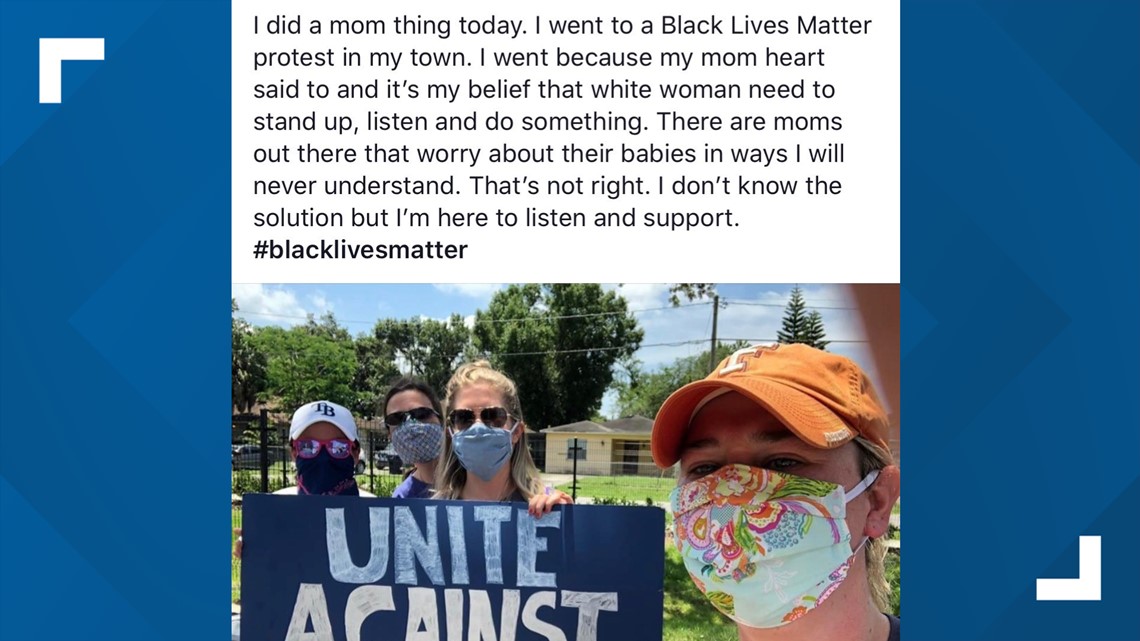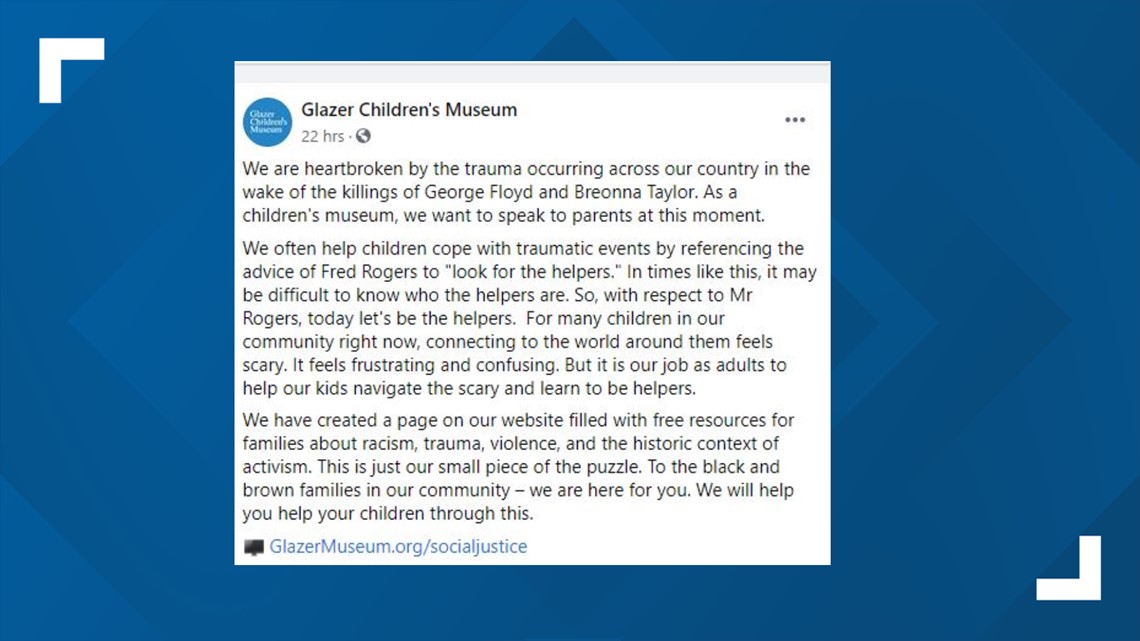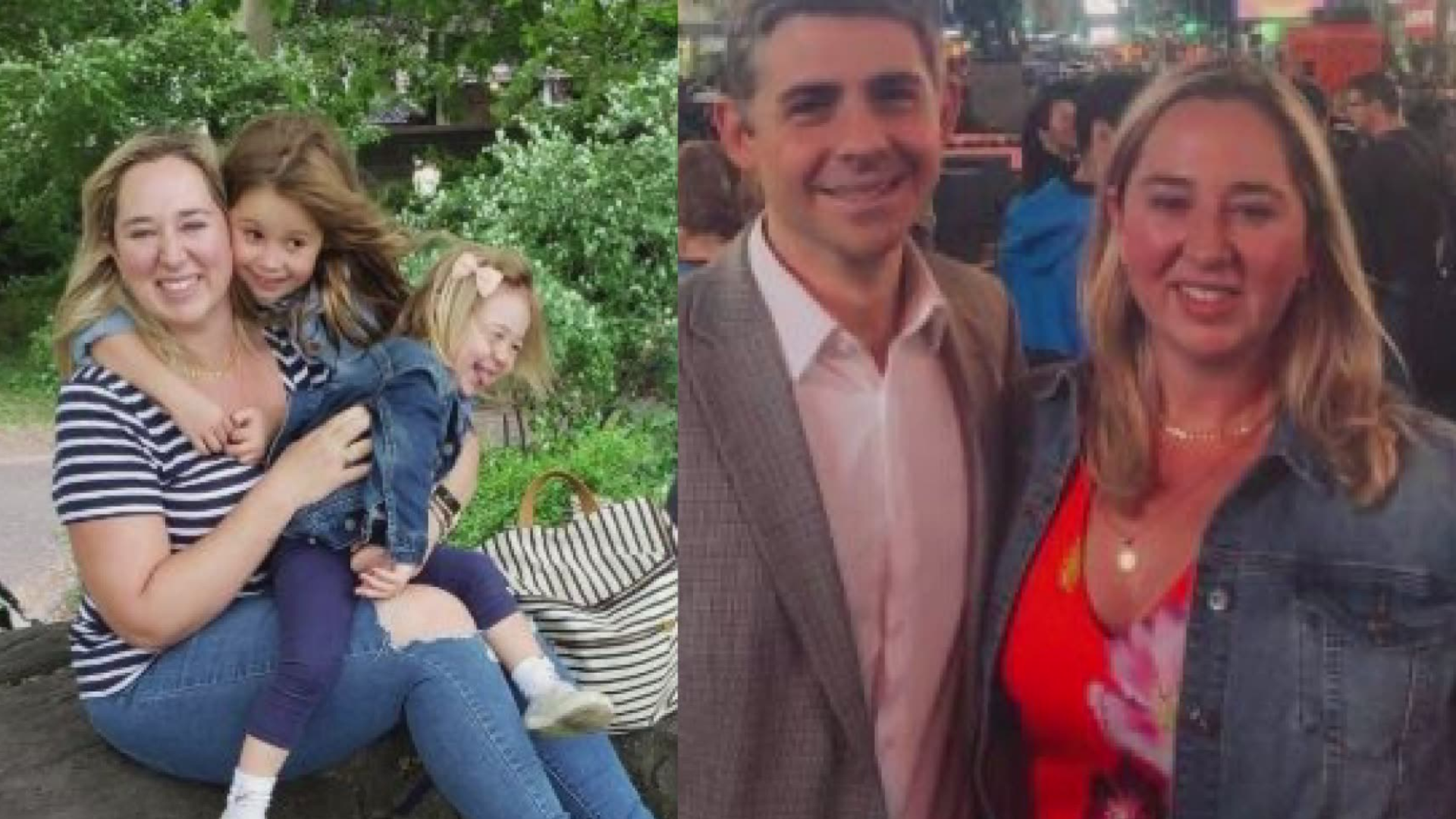TAMPA, Fla — Following the death of George Floyd in Minneapolis, paired with years of systematic oppression and racism experienced by people of color; cities and destinations across the globe are saying "enough."
Many sharing the countries protests and darkness on social media, where youth tend to spend most of their time. Now some parents struggle with how to protect their children from seeing the worst of the violence while also being able to explain the harsh realities of the country we live in.
"These are real things that affects our friends in the community in real ways. Though we don't share the same personal experience, its still real and everyone, even kids need to know what's going on and how they can do what's right," said Trumon Phillips, a Tamp Bay dad with two daughters.
Ashley and Trumon Phillips have known each other since high school and have been married for more than 10 years. They have an 8-year-old and a 3-year-old daughter whom they make sure are aware of whats happening right now in our country and the history its birthed from.
"This falls on everyone. Parents could ask teachers what the class is doing for Black History Month and get involved, even PTA groups could come together and share resources so our children are well rounded, know whats going on, and know they can talk about anything and ask questions," said Ashley Phillips.
Leading by example, Ashley says she recently participated in a peaceful protest in Tampa, joined by a few of her friends and shared on Facebook that "there are moms out their that worry about their babies in ways I will never understand."
"I remember telling my friends we should go and be apart of the peaceful protest, that we can't just stay home. Some were worried, but I told them we need to be there," said Ashley Phillips.


Glazer Children's Museum recently published a document on its website dedicated to social justice offering parents resources such as websites, books, and digital media assets for kids to see and help them better understand the world around them.
The website states, "We have created a page on our website filled with free resources for families about racism, trauma, violence, and the historic context of activism. This is just our small piece of the puzzle. To the black and brown families in our community – we are here for you. We will help you help your children through this."
"We want to treat this like an evolving resource that we add to and never take away. Shame on us for not having this added resource before but we know the conversation doesn't start and end here, there will always be something that we need to discuss with our children and we hope the resources we share can help with that," said Sarah Cole, CEO of Glazer Children's Museum.


According to the Official Journal of the American Academy of Pediatrics, a child as young as six months can notice race-based differences and can internalize racial bias by ages two to four. By age 12, children become set in their beliefs. Giving parents "a decade to mold the learning process, so that it decreases racial bias and improves cultural understanding," as mentioned in the Academy's policy statement used as an evidence-based document to show the role of racism in child and adolescent development .
If parent's are unsure of how to spark tough but necessary conversations about race relations with their kids, experts who contributed to the Official Journal of the American Academy of Pediatrics suggest:
- Helping kids and teens see brown and black kids in a positive light to fight systemic racism. You can do so by purchasing books that profile multi-racial characters.
- Proactively engage your kids during distressing events, ask them what they know and what they've seen? Ask them how they are feeling? Validate their feelings and let them know what you are doing to keep them safe -- be it in your home or your community.
- For families of color needing to have "the talk", pediatric experts suggest approaching "the talk" like a process rather than a single conversation.
One can begin with introducing stories through age-appropriate books or films that could generate questions from your children that you can answer together. Or by allowing an ongoing dialogue to happen based on current events.
Parents of color are reminded to ensure that their child know's their rights and the steps they can take to stay safe.
For additional resources for parents and educators, you click here.
What other people are reading right now:
- What you need to know about Tampa's curfew
- George Floyd's son denounces violent protests, says they are 'not going to solve anything'
- Curfews lift in Tampa, Polk County after night of protests
- St. Petersburg police arrest 14 people following protests
- More than 20 people arrested in Tampa after Sunday protests
- Semi truck driver who barreled through Minnesota George Floyd protest arrested, no injuries reported
- Gov. Ron DeSantis deploys 100 National Guard members to Tampa
FREE 10 TAMPA BAY APP:
►Stay In the Know! Sign up now for the Brightside Blend Newsletter



